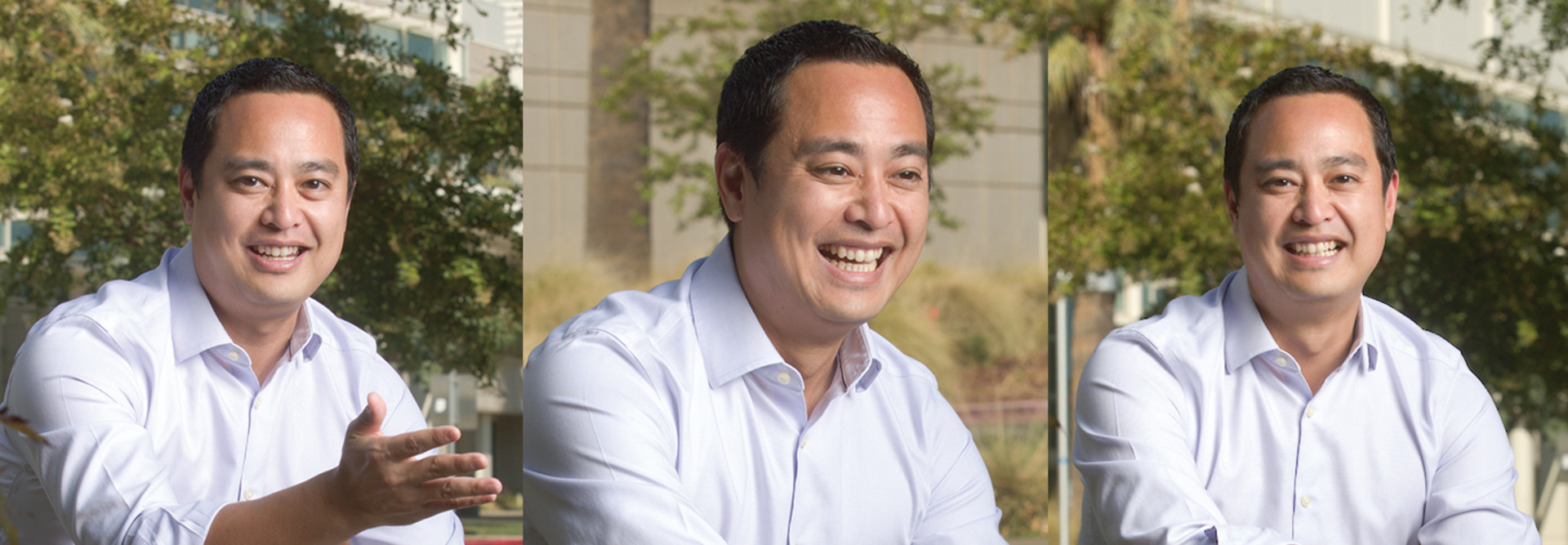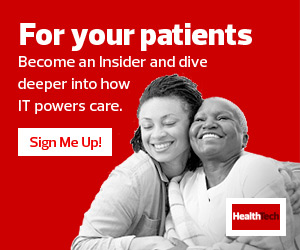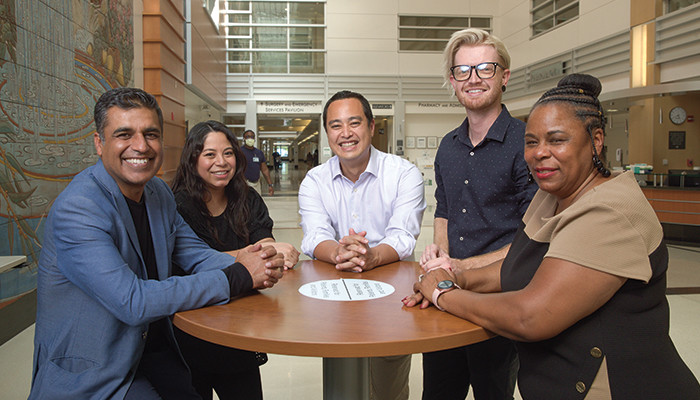HEALTHTECH: Tell us more about the CIC and its distinctions from the Digital CoLab.
NAKAGAWA: We announced a strategic partnership with AWS for the world's first academic medical center to host the Cloud Innovation Center. The thematic focus of that is digital health equity and open innovation. The CIC embodies our vision for how academic medical centers can partner with industry to drive thought leadership and innovation.
Industry has always partnered with academic medical centers, but I think some of the overhead and bureaucracy has to do with intellectual property. What if we didn't have to worry about IP and just focused on solving those big, hairy problems in healthcare? The CIC is a platform for any organization, any health system, any patient or clinician to be able to post problems that they see in health equity. From there, we work with them to brainstorm and prototype solutions, free from IP or budget constraints since those are often the barriers that can hinder innovation and collaboration.
We have so many patients and clinicians who have amazing ideas, but they don't know who to go to or how to create technical specifications for an app or prototype. How do we remove those barriers so people can just bring their expertise and ideas, and we can handle the rest? That type of model can drive a lot of untapped potential in healthcare to solve big problems.
Ultimately, we’re exploring how we can create new models of innovation within healthcare. We see opportunities to break the mold around how to innovate and collaborate more fluidly.
HEALTHTECH: What does human-centered design mean for your organization? How do you define it?
NAKAGAWA: We define human-centered design as the practice of reframing the narrative around the person and experience instead of the technology. We prioritize understanding the problem or experience as deeply as possible. Curiosity is the guiding force; listening is the primary tool. But there’s the definition, and there’s the practice, and the true test is whether you can truly practice that philosophy. How do we think about innovation as human-first and experience-driven, with technology as just an enabler?
In medicine, this type of practice is especially difficult because we rely on expertise passed down through generations of training to make sure our patients get the best care possible. But for the practice of innovation, we want to take the opposite approach — we want to remove ourselves from our own expertise and challenge our unconscious biases, or at least be able to recognize that no matter what we do, we bring a certain amount of bias. If we can be more self-aware of our biases, we will naturally want to include other people in the equation. Ultimately, we try to approach everything with a beginner’s mind, which allows us to tackle every problem with extreme curiosity, respect and humility.
EXPLORE: The future of healthcare in the public cloud.
HEALTHTECH: How do concepts of DEI fit into this conversation? What are the structures in place to combat implicit biases?
NAKAGAWA: Diversity of thought, experience, background and opinion are central to our success. But we do need to have better structures in place to ensure that we’re bringing that diversity to every problem we’re tackling. We can’t just completely rely on our individual commitments to combating implicit bias. At UC Davis Health, we’re creating those structures and processes by engaging with the community at every stage of the design and innovation process. How do we incorporate people in our communities into the design and innovation processes from day one?
With the CIC, for example, we are being very intentional about making sure that we’re getting challenges sourced from underserved communities. We see them as key partners in our effort to drive more equitable innovations. We need to make sure they’re involved from the very beginning and at every stage of the innovation process. That’s some of the structure we are putting in place to ensure that we are combating implicit biases and unlocking new ideas.
HEALTHTECH: What successes or failures have you noticed when structures to ensure DEI are applied to a project, or when they haven’t been applied?
NAKAGAWA: Unfortunately, I can't give you good examples of success stories yet, but we’re very cognizant of two key fail points at the design and testing stages.
In the design stage, I don't think we invest enough in understanding the problem. When it comes to innovation, we jump too quickly to figuring out what the solution is. But how do we create a groundbreaking solution without investing enough in understanding the problem? When we look at reducing health disparities, a lot of time is required to unpack the root causes of those disparities. Being able to step back and recognize that this is not going to be a quick exercise — even just saying that out loud to the team at the beginning — is important. If we can study each problem deeply, the solutions will organically reveal themselves in the process. In medicine, we often need to respond quickly to situations, especially in the ICU or emergency department. In innovation and design, we have the luxury of taking our time to explore the problem and let curiosity be the guide.













